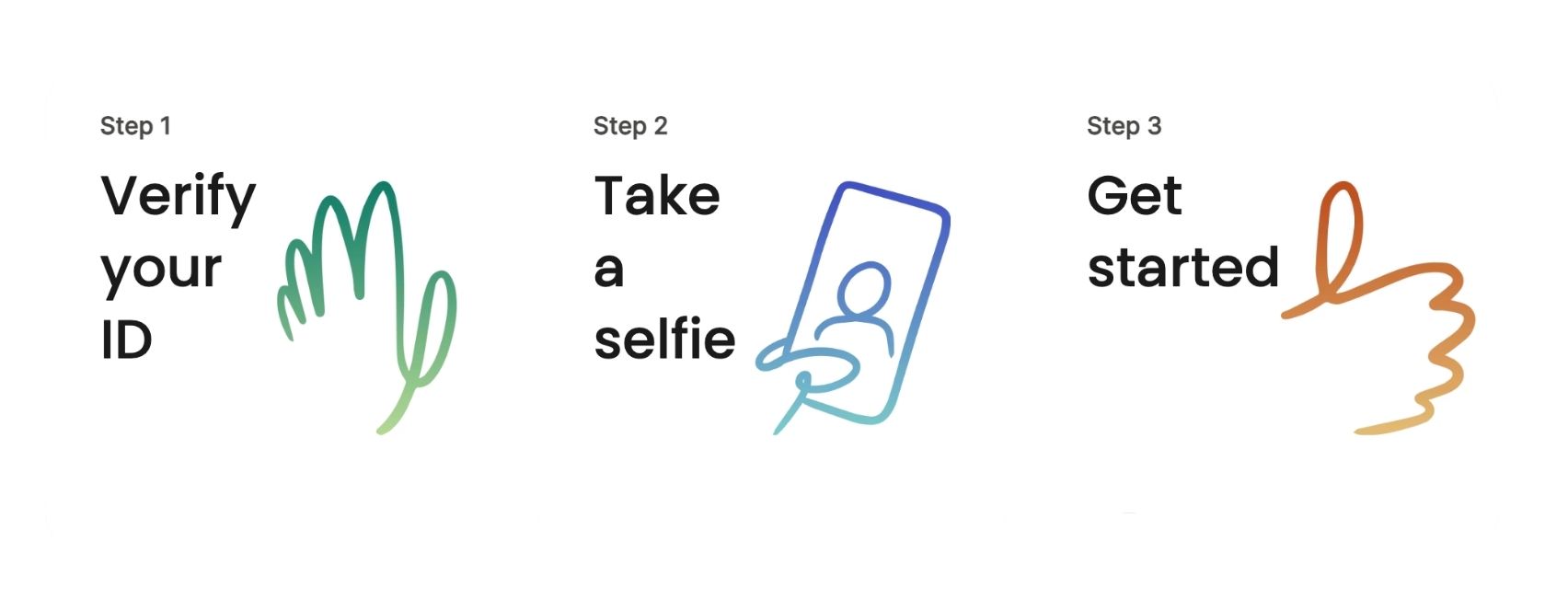Cholecystectomy (removal of the gallbladder) is one of the most common surgical procedures performed in the U.S. According to a 2017 review of current best practices study, 1.2 million removal procedures are done each year in the U.S. Gallstones are the most common reason for this surgery, but it may be done for a variety of diseases of the gallbladder. There are two main types of cholecystectomy surgery -a minimally- invasive laparascopic procedure and an open procedure.

The gallbladder is a pear-shaped, hollow organ located just under the liver on the right side of the abdomen. It serves as a reservoir to store and secrete bile into the small intestine. The liver makes the bile (a thick yellowish-green liquid) and then it travels through a system of tube-like structures called bile ducts to be either stored in the gallbladder (for later use) or secreted into the small intestine to help break down ingested fats.
There are several forms of gallbladder disease that can be treated by cholecystectomy.
An abnormal condition called cholelithiasis (or gallstones) is one of the most common reasons for having a cholecystectomy. Substances in the bile can become solid, forming hard stones of various sizes (from very small grain-like stones to stones the size of golf balls). These stones result from various factors, such as too much cholesterol or excessive bile salts in the bile.
Approximately 15% of people aged 50 and older are affected by gallstones.
As bile moves through the biliary system (the organs and ducts that are involved in the excretion and storage of bile), it’s common that the small stones become stuck in the bile duct that connects the gallbladder to the small intestine. These can cause severe pain and other complications such as pancreatitis (inflammation of the pancreas). The treatment for gallstones is usually the removal of the gallbladder.
Other common reasons for cholecystectomy include:
There are some common symptoms of gallbladder disease that often result in cholecystectomy, including:
Two types of procedures are typically done to remove the gallbladder. The first is an open technique. This used to be the standard procedure, involving a large incision and longer wound healing time. According to a 2017 study, the open technique, commonly performed before the year 1991, involved a two- to six-day postoperative (after surgery) hospital stay.
A cholecystectomy may also involve an intraoperative cholangiogram (IOC), which is a live, real-time video X-ray of the bile ducts, taken during surgery. An IOC is performed to check for gallstones and ensure that the surgeon can properly view the common bile duct (an area that is sometimes difficult to differentiate due to the compact organization of these structures).
The second type of surgery, which is standard today, is a minimally invasive surgery performed using a laparoscopic technique. Laparoscopic surgery involves a tool called a laparoscope, with a small camera; the procedure is conducted with the aid of very small tools and a camera for viewing (where the surgeon can get a very clear view of the surgical site.
The laparoscope can perform therapeutic procedures—like the removal of the gallbladder—after the surgeon makes a few small incisions (between 0.5 to 1 centimeter/0.196 to 0.393 inches). The incisions are made for entry of the scope into the abdomen (as well as for a removal port to remove the gallbladder). Today, 92% of all cholecystectomy procedures are done via laparoscopic procedure.
One of the biggest advantages to having a minimally-invasive cholecystectomy via laparoscopic surgery may be the fact that the in-hospital stay time is reduced from a two- to six-day postoperative (after a surgical operation) stay, to the same-day discharge (or up to a one day stay) for laparoscopic surgery. A 2015 study reported advantages of laparoscopic cholecystectomy, which include:
There are several reasons that the surgeon may perform an open cholecystectomy, instead of a laparoscopic procedure. These may include:
There are several preoperative (before surgery) measures that may be ordered by the surgeon before a cholecystectomy, these include:
The steps to having a laparoscopic gallbladder removal include:
The surgeon may use a surgical robot to perform the operation; a robot is guided by the surgeon via a viewing platform, the basic difference is instead of guiding the instruments by hand, the surgeon guides the robot to use the instruments that remove the gallbladder. This is commonly referred to as robotic surgery.
Advances in technology have resulted in smaller instruments and higher-quality imaging during laparoscopic surgery that allows surgeons to perform more precise dissection with minimal bleeding.
The primary difference between an open cholecystectomy and one that is performed via laparoscopy is that during an open procedure a much larger (6-inch) incision is made in the abdomen, on the right side (below the ribs). The muscle tissue is retracted to reveal the gallbladder and the gallbladder is then removed using larger instruments (than those used during laparoscopic surgery). An open procedure takes approximately one to two hours to perform.
Introducing Eva.
Receive a complete Readiness Report in 24 hours — Built with best surgeons and anesthesiologists. Powered by AI.
Send the report to your surgeon.

About 38% of adult patients suffer an adverse event during or following their surgery, researchers reported Wednesday in the BMJ.
Nearly half of these complications result in serious, life-threatening or fatal harm, results showed.
60% of the complications were potentially preventable and 21% were definitely or probably preventable, researchers report.
Our mission is to provide safe & affordable surgical care
for every patient using AI technology and telehealth.

Surgery should be centered around you.
Your health, in your hands.
With Eva Me, it is. Licensed clinicians review your health record to provide personalized recommendations for surgery and anesthesia. It’s time for care that’s true to you.
Securely access Eva Me with a photo of your ID and a selfie.

Health records in multiple portals? That’s a thing of the past. Eva Me gathers your records in one place so licensed providers can give you personalized recommendations about your health.

Receive a summary on your phone — including surgical history, medications, labs, and risk factors — ready to send to be sent to your surgeon.

Trusted by the best health systems in the world
Includes — Anesthesia Self-Test, consented record pull via HIE and patient portals, Eva Readiness Report in 24 hours, personalized checklist, action plan, question guide, secure PDF and share link, online support
Information